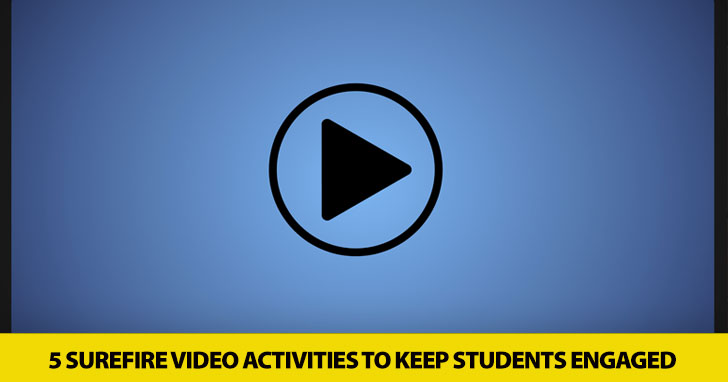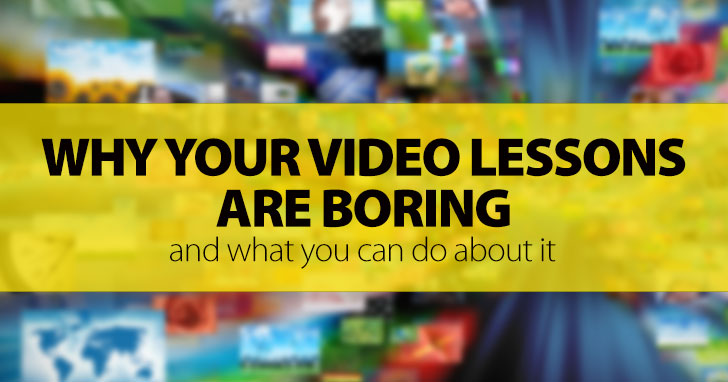They Wonít Be Able to Look Away: 5 Surefire Video Activities to Keep Students Engaged


This is one of the things we as teachers put great emphasis on. We all agree that our ESL students have to be able to understand what they hear whether it is in person, on the phone, through the Internet and/or videos. That is why, in order to help our students and keep the “ball in the air” many ESL teachers have decided to include video activities in our lesson plans. Working exclusively with audio material tends to make lessons a bit monotonous. By using videos, on the other hand, our students have these added benefits:
However, a lot of teachers are still doing it wrong. We need to bear in mind that as with any activity, video lessons require preparation and careful consideration. After all, when we watch something in real life, we have expectations. To develop our students’ skills we need to start by a) setting expectations, b) motivating them to watch and understand, and c) giving them a purpose and need to listen and watch. We can do this by using a topic to create context, and setting a task to create purpose. There are many ways of setting expectations. In our native language, we usually read and listen with ease. We focus fully on the meaning of what we are listening to/watching, and we think about what the content means to us. In a foreign language, listening and understanding is often much less natural. We focus on individual words rather than on the overall meaning, we try to translate, and concentrate very hard. When we listen/watch something in ‘real life’ context gives the words their meaning. We also collect meaning as we listen or watch - this helps us to understand a text’s message. This is an important issue when organizing viewing activities in class. If students expect to understand every word, their sense of achievement will undoubtedly be very low.
Here are some great activities to help prepare them for their viewing activity.

Use visuals or props to introduce the topic. Also, ask them to predict what they will watch on the video you have prepared.
Simply teach the key vocabulary they will need to be able to understand important information on the video. This will help them get an idea of what they will watch.
Now that they are ready, you can move on to the viewing activities. Take a look at some awesome ideas below:

Freeze a specific frame at a crucial moment and ask them to predict what is going to happen. After they all share their predictions, release the pause button, and let them compare their answers.
After some type of conflict occurs in the video, the teacher pauses and asks the students how they would deal with this problem if they were in the same situation.
Hold discussions about characters in the video. You can discuss the characters' habits, choices, lifestyle or whatever you want. The students can also compare what they like or dislike about characters.
Cover the screen with a piece or paper and then press play. Your students will be able to listen but not see. With this technique there are many options for activities.
Group work is also possible with videos. For instance, the teacher divides students into two groups and gives each a different set of questions. Each group watches a different part of the video and when they are done they have to ask each other questions to get the information they are missing.
Another option is for them to construct a storyboard (including descriptions about what the characters are wearing and where they are) based on the information they have.
They can make a checklist with information that is and is not on the video. Students have check things on a list that they see/hear or don’t see/hear.
Students can take notes of the information obtained from the video: who, what, why, where, when, how.
Whether they watch things for fun or specific professional/educational needs, the comprehension they acquire through these activities will definitely make things easier.